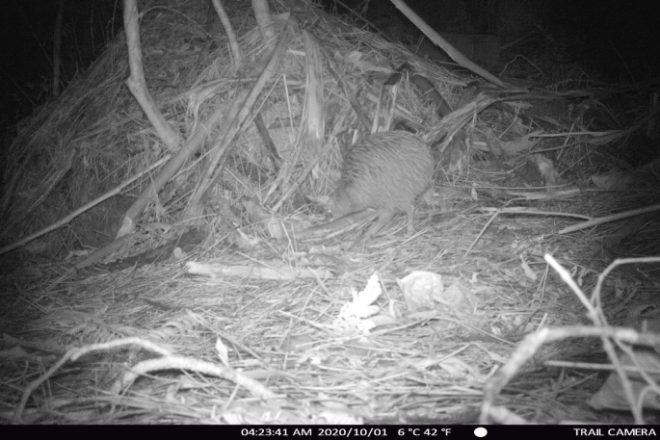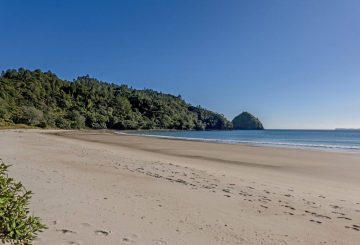Quần thể chim kiwi nâu ở Đông Coromandel đang phát triển mạnh mẽ, nhờ những nỗ lực kiểm soát động vật ăn thịt liên tục của Cục Bảo tồn (DOC) và cộng đồng địa phương. Các cuộc khảo sát ở khu vực giữa Tairua và Bãi biển nước nóng cho thấy dân số kiwi tăng 10% từ năm 2015 đến năm 2020. Sự tăng trưởng này dự kiến sẽ tiếp tục với việc sử dụng gần đây các viên mồi 1080 có thể phân hủy sinh học tại Whenuakite, mang lại sự bảo vệ hơn nữa chống lại chứng ngứa.
Janice Hinds, người phát ngôn của Whenuakite Kiwi Care Group, ghi nhận thành công của chiến lược kiểm soát động vật ăn thịt kết hợp. Các chủ đất địa phương góp phần kiểm soát động vật ăn thịt mặt đất trên 3.500 ha. Ngoài ra, DOC và Hội đồng khu vực Waikato áp dụng 1080 mồi mỗi ba đến bốn năm để kiểm soát thú có túi, chuột và mustelids.
Kiwi nâu, một loài dễ bị tổn thương, là trọng tâm chính của chương trình kiểm soát động vật ăn thịt trên không. Nếu không có sự kiểm soát của động vật ăn thịt bền vững, có tới 95% gà con kiwi có thể bị giết bởi những kẻ săn mồi. Với hệ thống hiện tại, khoảng 60% gà con đạt đến tuổi trưởng thành. Theo dõi gần đây cho thấy hoạt động 1080 trên không ở Whenuakite đã giảm mức độ loài gặm nhấm xuống mức không thể phát hiện được và kiểm soát quần thể gặm nhấm từ 90-100%.
Sự hỗ trợ của cộng đồng là rất quan trọng đối với thành công này, với ngày càng có nhiều chủ đất muốn tham gia sau khi nhìn thấy kiwi ở sân sau của họ. Tập đoàn chăm sóc kiwi Whenuakite cam kết bảo vệ lâu dài cho kiwi và hệ sinh thái rừng xung quanh. Họ bày tỏ lòng biết ơn tới Hội đồng Khu vực Save the Kiwi và Waikato vì sự hỗ trợ tài chính của họ.




























































